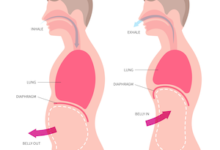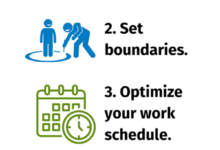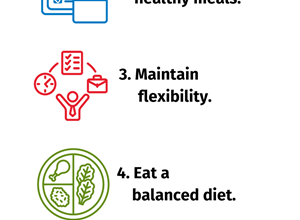Cardizem Drip Protocol For A-fib
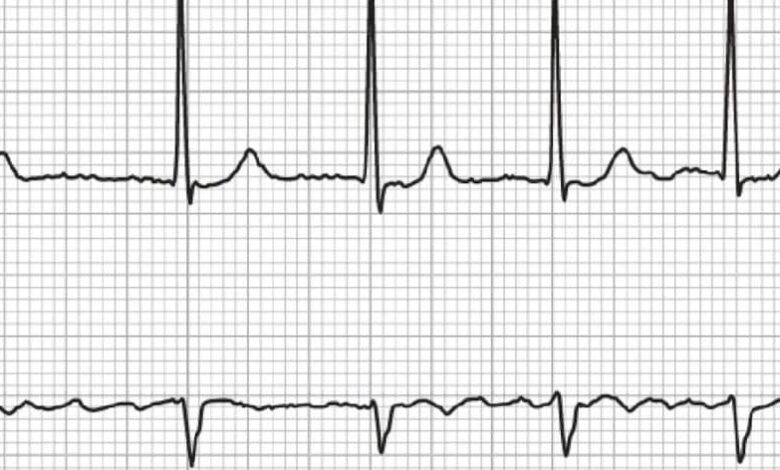
*articles contain affiliate links*
Diltiazem (brand name Cardizem) is a calcium channel blocker medicine that relaxes the blood vessels and muscles of your heart to relieve a-fib heart rhythm. Learn about how this medicine works and how nurses use Cardizem drip for a-fib.
Modern medicine really amazes me.
One day, I had just stepped out of my patient’s room when telemetry called and told me my patient was in SVT (supraventricular tachycardia).
My initial reaction was “are you sure it’s not an artifact?” That was a natural response to the circumstance, even though I know she wouldn’t waste her time and energy by calling me if she wasn’t sure there was a reason to.
When I walked back into the room to assess my patient, she was fine. Well, she appeared fine and asymptomatic. Even with the pulse oximetry reading her heart rate was registering 110, which was what she it had said for the past 2 days. I ask the telemetry again, “are you sure?”
Without any hint of frustration, she responded “I wish I wasn’t, but she’s been doing this for a few minutes now”.
I assess the patient. Placing my stethoscope on her chest, I auscultate her heart: irregular, erratic, and much higher than the 110 that it appeared to be according to the bedside monitor. At the same time, the patient continued to talk, be alert, and appeared fine.
She converted to A-fib and sustained at 170, so I paged the physician. The cardiologist ordered a Cardizem drip with a bolus.
I rentered the room, but by this point, the patient was in distress, appearing anxious, and saying she felt like her heart was racing. The bedside monitor read 150s. After scanning the patient, I got the medication, drew up the bolus, primed the IV with the Cardizem drip, and began pushing the medication slowly.
Within a minute, I see that look of anxiety replaced with a look of relief. I watched her heart rate fall from 160 to 95 and stopped a potential heart attack with 4ml of fluid.
The fact that 4 ml of fluid can skirt a potential disaster, is pretty darn impressive. Those are the types of moments that fuel my desire to be a nurse – I get the privilege of providing potentially life-saving interventions.
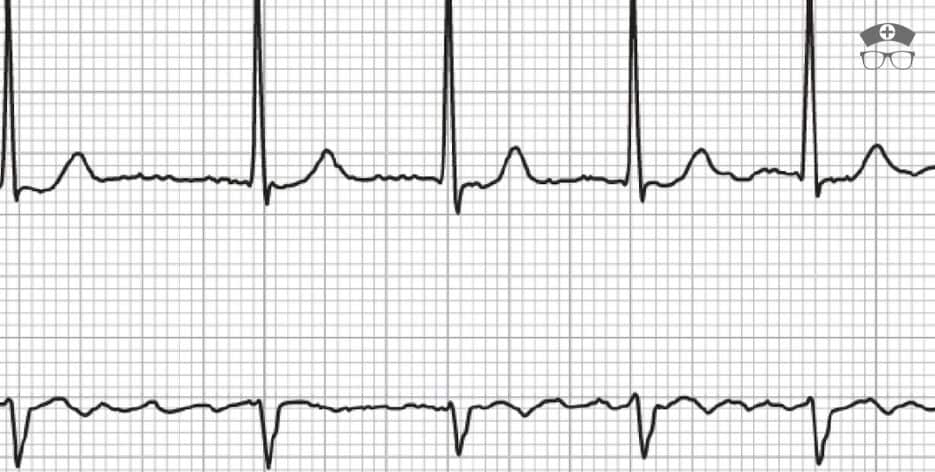
What is A-fib?
Atrial fibrillation (A-fib) is an irregular heart rhythm (arrhythmia) that’s often very fast and can lead to blood clots in the heart. A-fib heart rhythm increases the risk of heart failure, stroke, and other heart-related complications.
Atrial fibrillation is where the atria (the heart’s upper chambers) beat irregularly and out of sync with the ventricles (the heart’s lower chambers). Patients in a-fib can have no symptoms or they can experience symptoms.
Symptoms of A-fib
Although some people with atrial fibrillation don’t have any symptoms, those who do may experience:
- Palpitations – fast, fluttering, or pounding heartbeat
- Dizziness
- Fatigue
- Lightheadedness
- Chest pain
- Shortness of breath
- Reduced ability to exercise
- Weakness
Cardiac nurses are more likely to work with patients taking this medicine, but it’s important to be familiar with it because any nurse can find themselves with a patient who experiences A-fib heart rhythm.
Using A Cardizem Drip For A-Fib
When patients go into a-fib heart rhythm, it’s essential to treat them and get their heart rate into a normal rhythm to avoid major problems.
What is Cardizem?
Cardizem is the brand name for Diltiazem, a calcium channel blocker. It relaxes the muscles of your heart and blood vessels to treat hypertension (high blood pressure).
Diltiazem effectively treats AFIB-RVR by slowing conduction through the atrioventricular node (AV) and prolonging AV node refractoriness.
What class of drug is Cardizem?
Cardizem belongs to a class of drugs called Antidysrhythmics, IV (Calcium Channel Blockers).
What is the drug Cardizem used for?
This drug treats high blood pressure and prevents chest pain by causing the blood vessels to relax and decreasing the amount of work the heart has to do.
Become a Cardiac Nurse
If you’re interested in transitioning into the nursing specialty of cardiology, the Cardiac Confidence: A Crash Course for New Cardiac Nurses will give you the skills and confidence you need to hit the ground running. Whether you’re interested in cardiology, you’ve newly transitioned, or you just want a refresher on the critical knowledge and skills of a cardiac nurse, this course is for you.
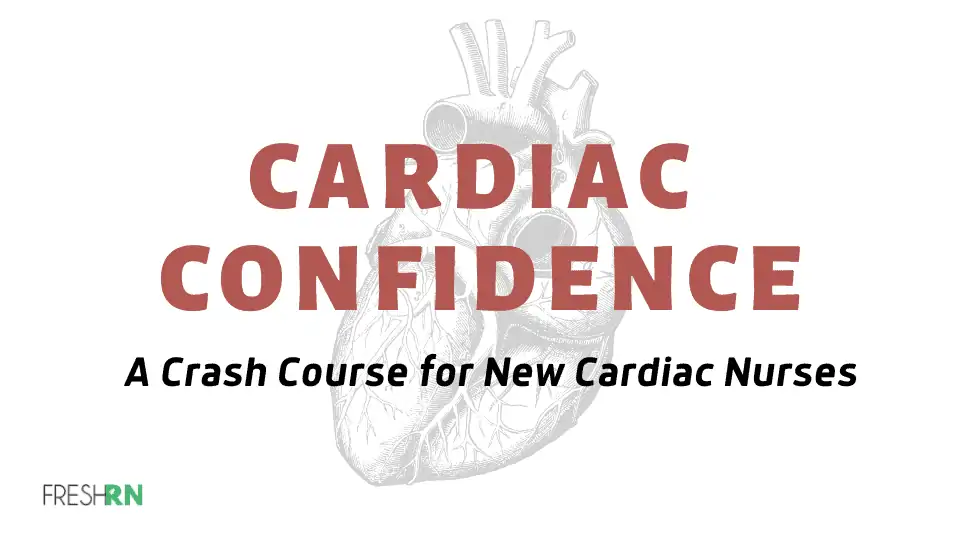
Worried about managing chest tubes? Explaining afib to your patient? Not confident in your CABG discharge instructions? This course addresses all of those newbie cardiac nurse pain points! This course is comprehensive! It has over 70 modules with text, videos, images, and downloads. It’s written by nationally certified expert nurse educators: a CV-nurse and Kati Kleber, MSN RN. Plus it has 11 CEUs!
What does Cardizem do for A-Fib?
Cardizem for AFib is one of the most popular calcium channel blockers prescribed by doctors for patients with atrial fibrillation. Often given intravenously in the hospital, Cardizem works quickly to block some (but not all) calcium channels to improve heart rate.
Cardizem Drip Dosage
The physician will prescribe dosage based on age and protocols. However, the standard initial dose is 0.25 mg/kg, ranging between 10-20 mg over 2 minutes, with a second dose of 0.35 mg/kg, ranging between 20-25 mg over 2 minutes, often followed by a 5-10 mg/hr infusion.
When To Stop Cardizem Drip In A-fib
Discontinue the infusion if the patient’s heart rate drops below 60 bpm or systolic BP drops to less than 90 mmHg.
What are the side effects of taking Cardizem?
Although this medication has proven to be safe and effective, calcium channel blockers can cause unwanted side effects.
Keep an eye out for side effects in patients who take Diltiazem. They can experience:
- Dizziness
- Lightheadedness
- Headache
- Facial flushing
- Weakness
- Nausea
- Headache
- Constipation
Notes Of Caution
Even though Cardizem drip for A-fib is proven to be generally safe and effective, it is important to be aware of a few important things.
- Avoid using Diltiazem in the presence of pre-excited A-fib with RVR (rapid ventricular rate) because it can lead to life-threatening rapid ventricular rates.
- Cardizem can be effective in patients with A-fib and heart failure (HF). Use with caution in patients who have hypotension and reduced Left Ventricular Ejection Fraction.
Cardizem Drip For A-Fib
Calcium channel blockers like Diltiazem are safe and effective for treating atrial fibrillation, especially in acute situations. Learn about Cardizem drip for A-fib as well as the potential side effects so that you know what to watch for in your patients. As nurses, it’s important to continue building your base of knowledge so that you can help be an effective advocate for your patients.

